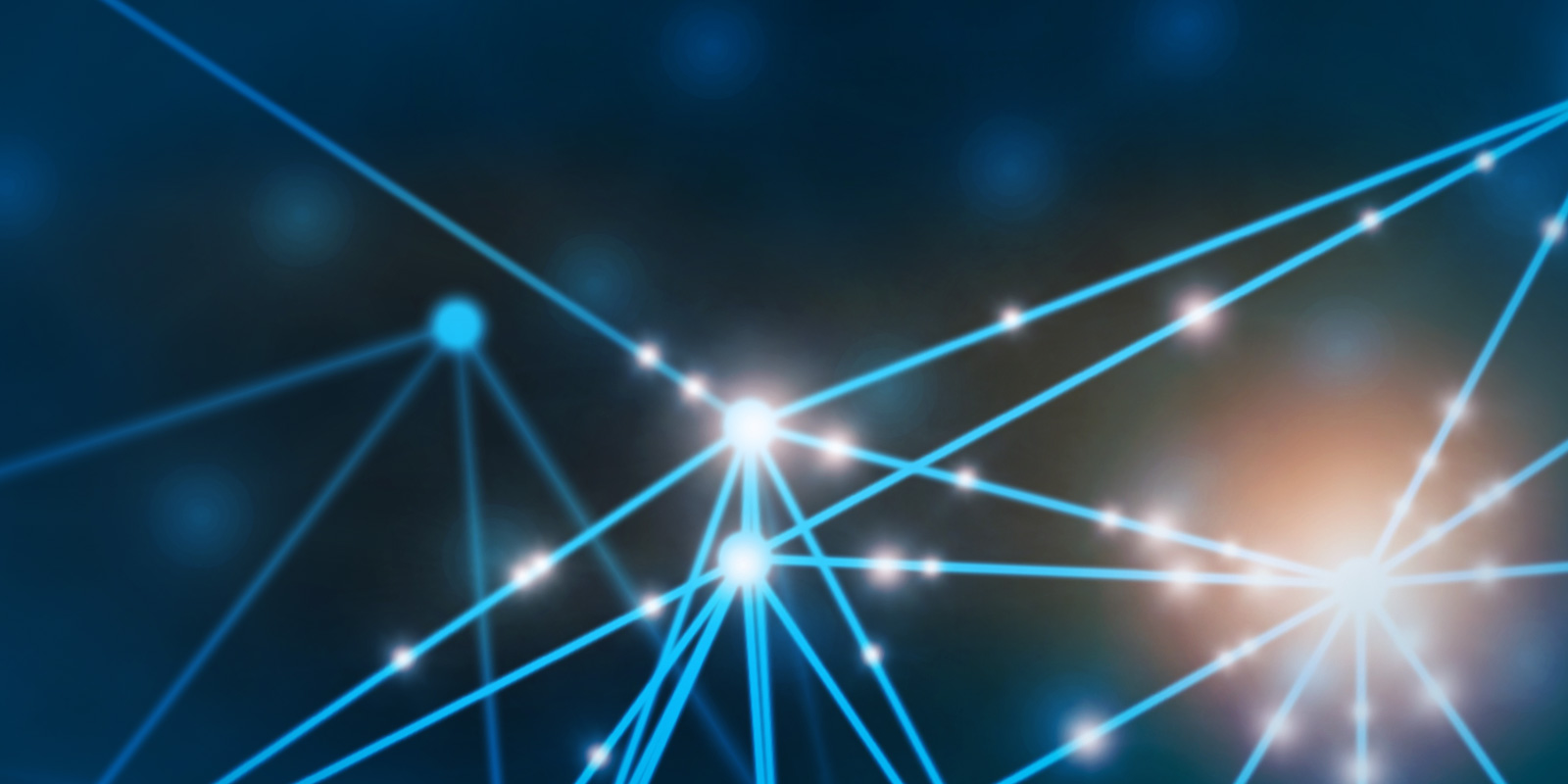
Catch Me If You Can: Litigating Artificial Intelligence Patents
In Short
The Situation: Industry leaders are taking serious interest in artificial intelligence, which is the development of computer systems able to perform tasks that normally require human intelligence and judgment.
The Impact: Given its potential, it is not surprising that the number of granted patents related to AI around the world is increasing exponentially.
Looking Ahead: The investment in AI technologies likely will lead to an increase in AI-related patent litigation, and the introduction of a nonhuman actor into a traditional patent infringement analysis means that litigants will face unique issues stemming from the dynamic nature of AI technology.
Artificial intelligence ("AI") is the theory and development of computer systems able to perform tasks that normally require human intelligence and judgment, such as visual perception, speech recognition, decision-making, and translation between languages. Once just the stuff of science fiction, AI today is deployed in numerous contexts—from targeted advertising to autonomous vehicles to document review—and touches millions of lives daily.
Industry leaders and startups alike are investing significant capital and effort into artificial intelligence technologies. By some estimates, the AI market is expected to add more than $15 trillion to the global economy by 2030.
A hallmark characteristic of AI is its ability to evolve over time in response to new or changing external conditions.
Just as AI enables computers to perform increasingly complex tasks, it also raises a host of novel issues for litigants in patent infringement suits. From whom and where to sue, to investigating and pleading infringement, patentees and accused infringers alike will need to adopt new strategies to confront the challenges posed by the latest frontier in patent litigation.
Who Is the Infringer?
Even this basic question can become more complex when AI technology is involved. Since it evolves over time, AI technology may not infringe a patent claim initially, but as it learns and modifies its internal operations and external behaviors, it may come to infringe. Also, its use may result in the creation of an infringing product or process.
Imagine one common life cycle for AI technology. The AI program is developed by one entity, sold to and owned by second entity, operated by a third entity, and trained by a fourth entity. The AI program may be used to develop a product, such as a chemical compound, which ultimately infringes one or more claims of an issued patent.
In this scenario, who is the infringer? Is it all of the above entities, or none of them? The law, in its current state, does not clearly answer this question. Since the target technology evolves over time, it is difficult to identify who the direct infringer is. In considering direct infringement in an AI context, it is worth considering some fundamental questions:
- Is the direct infringer the developer for "making" the AI program? What if the AI program, as developed, was not able to make the infringing product?
- How about the owner of the AI program that "made" the infringing product? What if the AI program wasn't capable of making the infringing product until it was used for a significant amount of time by the operator?
- What if the AI program required significant training before it was able to make the infringing product?
Indirect infringement raises similar questions that must be considered in determining the proper defendant in an AI patent case:
- Does the sale and ownership of the AI program subject the developer and owner to liability for contributory infringement based on the AI's infringement?
- How do you determine whether an AI program has substantial noninfringing uses?
- What about active inducement, which requires that an entity knowingly aided the AI's infringement? Could the operating entity or trainer be liable for active inducement based on the resources and information provided to the AI program that resulted in the infringement? Since the point of an AI program is for it to reason and learn on its own, how can one know that providing certain information will lead to direct infringement?
These are complex and unsettled questions and may lead to increased motion practice at the pleading stage. Patent owners should take care in naming defendant(s), in anticipation of potential challenges based on the questions above. Similarly, accused infringers of patents covering AI technologies should evaluate whether a motion to dismiss may be appropriate to quickly dispose of the case if their role does not subject them to liability under any theory of infringement.
Where Is the Infringer?
Litigants have been struggling with venue in view of the recent Supreme Court decision in TC Heartland LLC v. Kraft Food Group Brands LLC. In the context of AI technologies, venue may be further complicated. Given the added complexity of identifying an infringer, selecting the proper venue is even more important since it is possible that parties may need to be added or removed during pendency of the litigation to avoid being forced to transfer venue at a later date.
How Do You Plead Infringement?
To prepare a patent infringement complaint, a patent owner must have facts (as distinct from legal "labels" and "conclusions") giving rise to a "plausible" (rather than merely "conceivable") entitlement to relief. This typically requires the patentee to provide a description of an allegedly infringing device—a challenging proposition for constantly evolving AI technology. Conventional means of technical analysis may be unable to identify the features of the allegedly infringing AI device prior to discovery because such features may reside separately from the product, or be transient in nature, or require proprietary tools to be detected. Without access to the accused product, patentees may need to rely more heavily on a potential infringer's sales and marketing collateral in which the AI technology's functionality is touted, to develop and plead a good-faith basis for infringement. For these reasons, a plaintiff may be limited in the level of detail in its initial pleading, which may drive early motion practice.
How Do You Prove Infringement?
The pleading stage is only the beginning of the potential challenges a plaintiff may encounter when trying to prove infringement in AI cases. Continuous evolution of AI devices means that infringement may occur only for a short period of time, or even for only an instant. The state of the device then may move on to a noninfringing state. In some instances, certain devices may never operate in an infringing manner. Capturing operational data sufficient to compare device functionality to an AI patent may be difficult. Assuming it is even possible to capture such infringing behavior through product testing, it also may be difficult to determine how long ago the device was infringing.
New legal theories of infringement may develop to account for these unique features of AI technology. For example, a new potential element of proving both infringement and damages may be a showing that a temporary past infringement was not a chance occurrence, but rather a necessary and unavoidable step to the current state of the AI device. Alternatively, the current performance of the device and assessment of its changing nature may indicate that a currently noninfringing product is likely to infringe in the future. In both such scenarios, the current device, taken with all of its past and future history, collectively may be viewed as the infringing product.
Parties also will need to adapt the discovery process to the unique characteristics of AI. For example, a plaintiff may need to supplement its own technical investigation of the allegedly infringing device with information and data from the accused infringer. Therefore, from the outset of the litigation, patent owners may need to take a more aggressive approach to preservation orders that go beyond conventional litigation hold requirements, requiring accused infringers to capture, store, collect, and produce data they may not keep in the normal course of business.
Patent owners should also be mindful in formulating written discovery requests to capture data about past or potential behavior of the accused AI devices. Given the challenge that may be associated with complying with such requests—including the amount of data storage required or the accessibility of such data—defendants must also be prepared to assess, compute, and articulate the specific financial or other burden associated with these requests—such as the cost associated with having to deploy specialized data acquisition systems to capture responsive data.
Additionally, useful information about past performance or intended functionality of the device may be in possession of third parties, including AI computer algorithm developers, previous users, AI trainers, and customers. The nature of AI technologies, which rely on continuous training and updating, may increase the importance of obtaining substantial discovery from such third parties. Third parties caught in AI litigation may need to pay particular attention to drafting and enforcing more restrictive protective orders that would protect their own intellectual property, including trade secrets.
Technical experts are an important part of any patent litigation. However, there are not many highly qualified experts with a body of experience in the AI field yet. Additionally, any such experts are likely to be employed by companies developing AI technologies and may not be available to testify due to conflicts of interest. Both plaintiffs and defendants may be looking for experts capable of explaining complex intricacies of AI technologies to the jury. These considerations place emphasis on the early selection and retention of experts in AI cases.
Conclusion
The foregoing issues only scratch the surface of potential challenges parties may encounter and strategies they should consider when involved in an AI infringement case. The technical complexity of AI, large amounts of technical data representing dynamic behavior of AI devices, and evolving nature of AI systems may lead to challenges pleading and proving infringement. These effects may be especially pronounced in the first few years of AI patent litigation, with little guidance from any relevant precedent and while new legal theories tailored to AI are developed and tested. Therefore, litigants on both sides should consider the potential efficacy of early motion practice and develop a focused plan for discovery as soon as possible.
Two Key Takeaways
- The rise of AI will likely lead to a number of new issues for litigants in patent infringement suits.
- Questions relating to who exactly is the infringer, where the infringer is located, and how infringement is pled and proven, will be pertinent to patent infringement cases relating to AI.




